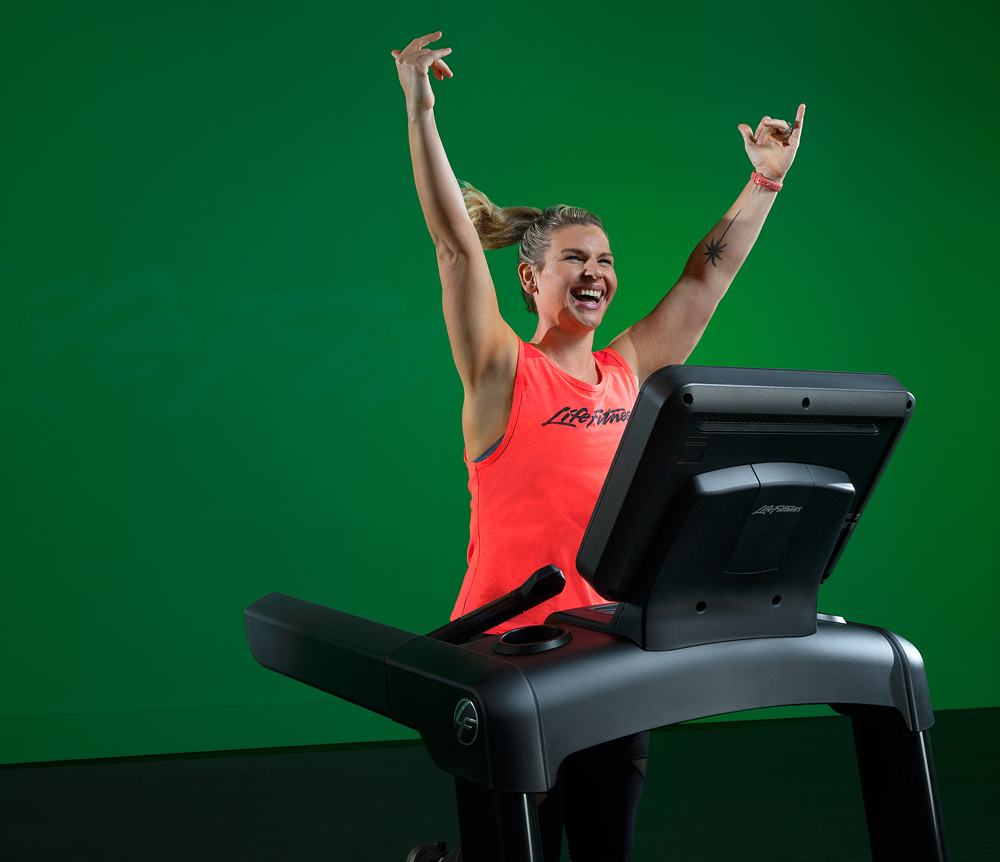The coronavirus pandemic has seen the home workout sector experiencing exponential growth in every direction, with some on-demand providers reporting 800 per cent increases in take-up.
This comes off the back of a record year for at-home digital in 2019, which saw an explosion of new and repackaged entrants to the space, including Echelon, MYXfitness, iFit via NordicTrack, Tonal, Mirror and Openfit via Beachbody co-founder John Congdon.
According to 2019 research from L.E.K. Insights, digital fitness content market growth in the US alone was expected to translate to 14 million new subscribers and a US$3.3 billion market opportunity this year – and that was before the pandemic.
Research also shows that 85 per cent of club members also exercise outside clubs.
The pandemic has prompted the majority of operators to launch a digital offering – some in partnership with existing fit tech companies, some creating customised solutions, and some simply jumping on Zoom.
Whatever follows, 2020 will be remembered as the point where fitness went digital, but will this ultimately create competition for clubs or will it grow the market? We ask the experts.





























































